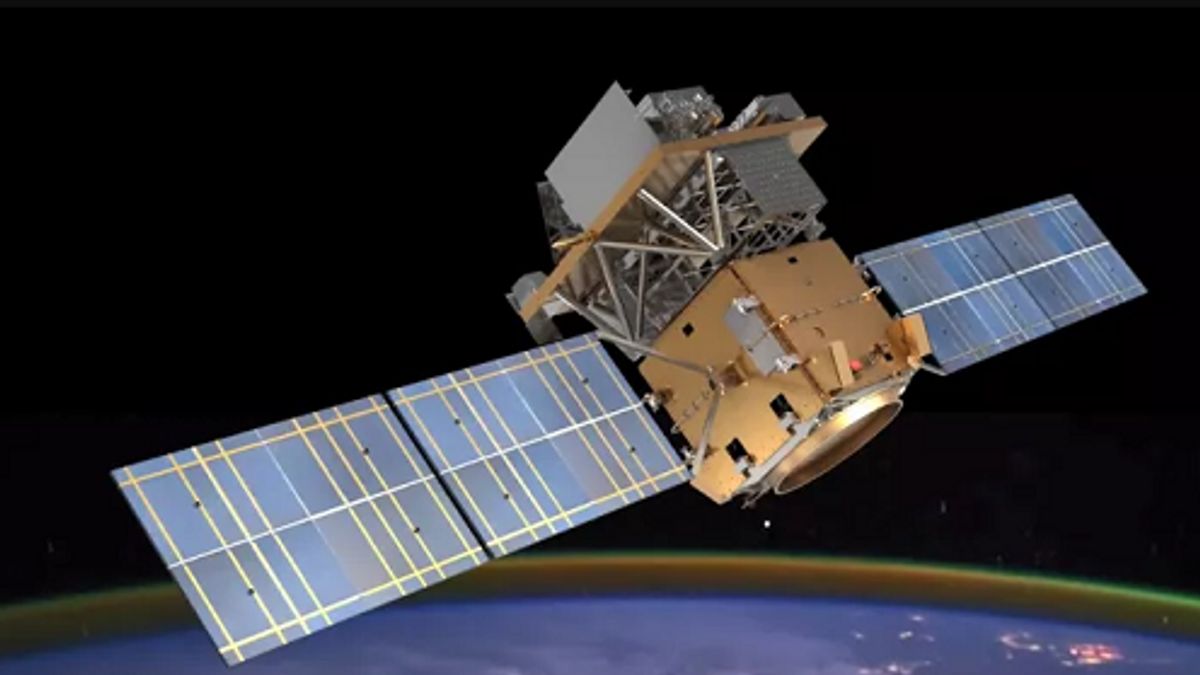JAKARTA - China is back with its latest technology by launching the Advanced Space-based Solar Observatory (ASO-S). This spacecraft will observe the Sun for a full 24 hours.
ASO-S lifted off aboard a Long March 2D rocket on Sunday, October 9, from the Jiquan Satellite Launch Center in Inner Mongolia.
Designed to operate for four years, the ASO-S is nicknamed Kuafu-1 by the Chinese people, which means it is like a giant in Chinese mythology trying to chase the Sun.
The ASO-S mission itself is monitoring and will focus on observing the solar cycle. In addition, the spacecraft also helps researchers improve weather predictions in space.
This mission was originally proposed in 1976 as ASTRON-1, which was never fully funded and was later cancelled. With the adoption of the Chinese Academy of Science (CAS) space science priority program in 2011, plans for a solar observatory were revisited.
Then in 2014, it was studied whether the payload was feasible, and was given the green light in April 2016. After that, the assembly of the science instruments began. Assembly and construction of the ASO-S ends in August 2022 when it gets way to go ahead with rollouts.
The 1.960-pound (888 kilogram) probe uses three instruments to study the sun's magnetic field, solar flares, and coronal mass ejections (CMEs), large bursts of superheated plasma hurtling away from the sun at millions of miles per hour.
VOIR éGALEMENT:
Solar flares are often associated with CMEs and both can affect activity on Earth. Strong CMEs can spawn geomagnetic storms that can disrupt power grids, radio communications, and GPS navigation. CME can also enhance the aurora.
The spacecraft will also study how energy is transported through the various layers of the sun's atmosphere, and how the evolution of flares and CMEs is affected by the sun's magnetic field.
In addition to being designed to operate for four years, ASO-S will also generate about 500 gigabytes of data daily from its observations of the Sun. This is quoted from Space, Monday, October 10.
Not only China, NASA also recently launched the Parker Solar Probe which is specially designed to receive extreme heat and solar radiation.
The spacecraft is expected to make 24 passes near the Sun during its seven-year mission, which is scheduled for completion by mid-2025.
The English, Chinese, Japanese, Arabic, and French versions are automatically generated by the AI. So there may still be inaccuracies in translating, please always see Indonesian as our main language. (system supported by DigitalSiber.id)


















